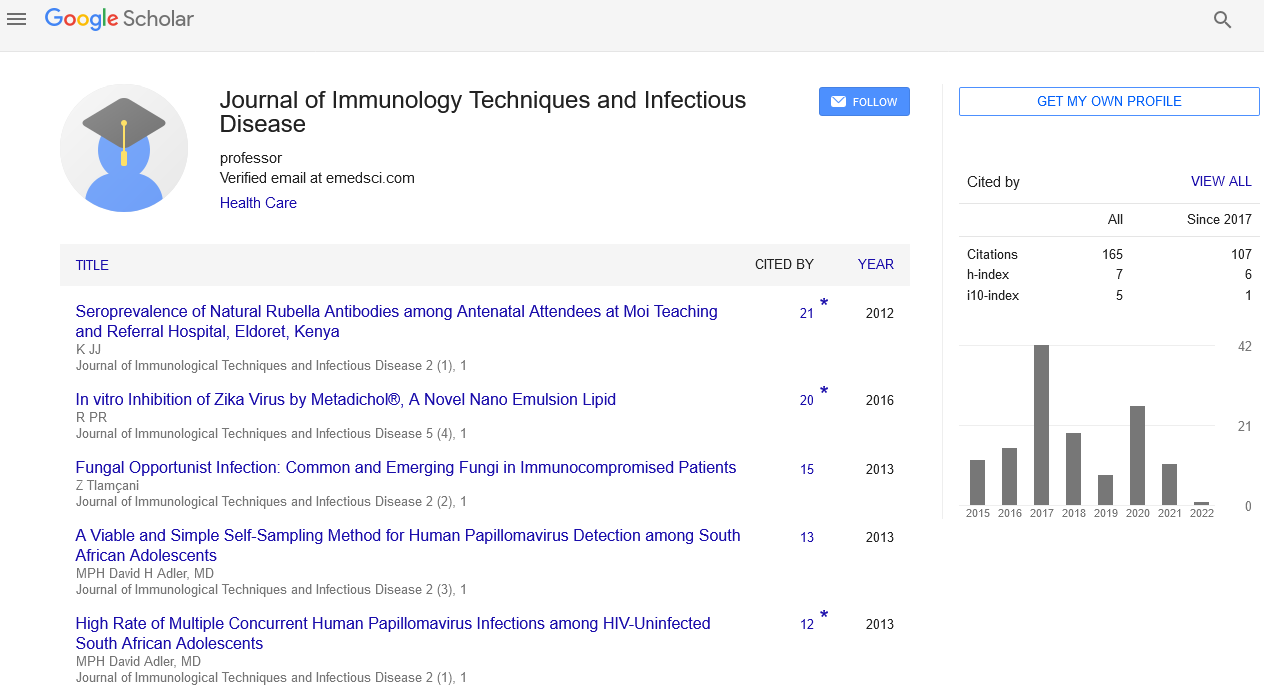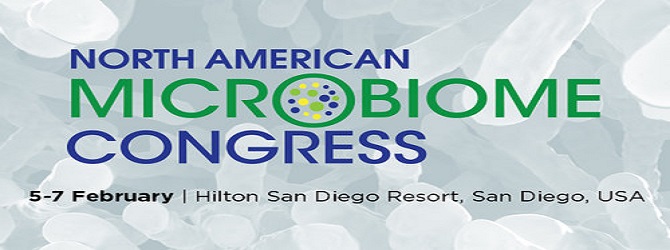Perspective, J Immunol Tech Infect Dis Vol: 13 Issue: 1
Mechanism of Pathogenic Microorganisms and its Virulence, Modes of Transmission
Schwin Denile*
1Department of Pathology and Immunology, Washington University, Washington, USA
*Corresponding Author: Schwin Denile,
Department of Pathology and Immunology,
Washington University, Washington, USA
E-mail: deni.schwi@gmail.com
Received date: 01 March, 2024, Manuscript No. JIDIT-24-135159;
Editor assigned date: 04 March, 2024, PreQC No. JIDIT-24-135159 (PQ);
Reviewed date: 18 March, 2024, QC No. JIDIT-24-135159;
Revised date: 26 March, 2024, Manuscript No. JIDIT-24-135159 (R);
Published date: 04 April, 2024, DOI: 10.4172/2329-9541.1000372.
Citation: Denile S (2024) Mechanism of Pathogenic Microorganisms and its Virulence, Modes of Transmission. J Immunol Tech Infect Dis 13:1.
Description
Pathogenic microorganisms represent a significant threat to human health, causing a myriad of infectious diseases that afflict millions of individuals worldwide. These microscopic invaders, including bacteria, viruses, fungi, and parasites, exploit host organisms to facilitate their survival, replication, and transmission.
Bacterial pathogens
Bacteria are versatile and adaptable microorganisms capable of colonizing diverse environments and causing a wide range of infectious diseases in humans. Pathogenic bacteria employ an inventory of virulence factors, including toxins, adhesins, and manufacture systems, to avoide host defenses and establish infection. Common bacterial pathogens include Escherichia coli, Staphylococcus aureus, Streptococcus pneumoniae, and Mycobacterium tuberculosis, which cause diseases such as urinary tract infections, pneumonia, sepsis, and tuberculosis.
Viral pathogens: Intracellular invaders and rapid spread
Viruses are obligate intracellular parasites that infect host cells to replicate and propagate, leading to a diverse spectrum of infectious diseases in humans. Viral pathogens exhibit remarkable genetic diversity and evolutionary adaptability, enabling them to avoide immune surveillance and develop resistance to antiviral therapies. Common viral pathogens include influenza virus, Human Immunodeficiency Virus (HIV), Herpes Simplex Virus (HSV), and Severe Acute Respiratory Syndrome Coronavirus 2 (SARS-CoV-2), responsible for diseases ranging from the common cold to Acquired Immunodeficiency Syndrome (AIDS) and COVID-19.
Fungal pathogens: Opportunistic invaders and chronic infections
Fungi encompass a diverse group of eukaryotic microorganisms capable of causing superficial, cutaneous, and systemic infections in humans, particularly in immuno-compromised individuals. Fungal pathogens such as Candida albicans , Aspergillus fumigatus , Cryptococcus neoformans , and Histoplasma capsulatum can colonize mucosal surfaces, invade host tissues, and disseminate to essential organs, leading to diseases such as candidiasis, aspergillosis, cryptococcosis, and histoplasmosis.
Parasiticpathogens: Complex life cycles and host adaptations
Parasitic microorganisms, including protozoa, helminths, and ectoparasites, engage in complicated life cycles and host interactions, causing a wide range of infectious diseases in humans. Protozoan parasites such as Plasmodium spp., Trypanosoma spp., and Leishmania spp. are responsible for diseases such as malaria, sleeping sickness, and leishmaniasis, transmitted through vectors such as mosquitoes and flies. Helminthic parasites such as Ascaris lumbricoides , Schistosoma spp., and Taenia solium cause parasitic infections of the gastrointestinal tract, liver, and other organs.
Modes of transmission: From person to person
Pathogenic microorganisms utilize different modes of transmission to spread within populations and establish new infections. Direct transmission occurs through close contact with infected individuals or contaminated surfaces, while indirect transmission occurs through airborne droplets, fomites, food, water, and vectors such as mosquitoes, ticks, and fleas. Understanding the routes of transmission is essential for implementing effective infection control measures, including hand hygiene, sanitation, vaccination, and vector control techniques.
Host-pathogen interactions: From immune response to disease outcome
Host-pathogen interactions are governed by complex interplays between microbial virulence factors and host immune responses, influencing the outcome of infection. Pathogenic microorganisms avoid host defenses through mechanisms such as antigenic variation, immune evasion, and interference with host signaling pathways. Meanwhile, host immune responses, including innate and adaptive immunity, play important roles in recognizing, containing, and eliminating microbial invaders. Dysregulation of host immune responses can lead to immunopathology, chronic inflammation, and autoimmune diseases.
Pathogenic microorganisms remain an imminent danger to human health, generating an extensive variety of infectious illnesses that result in considerable morbidity and mortality around the globe. Identifying the broad array of harmful microorganisms, their virulence mechanisms, paths of transmission, and interactions with human organisms serves to design effective infectious disease prevention, diagnostic, and treatment procedures. Through multidisciplinary study, cooperation, and innovation required to reduce the global epidemic of infectious illnesses and protect public health for future generations.
 Spanish
Spanish  Chinese
Chinese  Russian
Russian  German
German  French
French  Japanese
Japanese  Portuguese
Portuguese  Hindi
Hindi 
